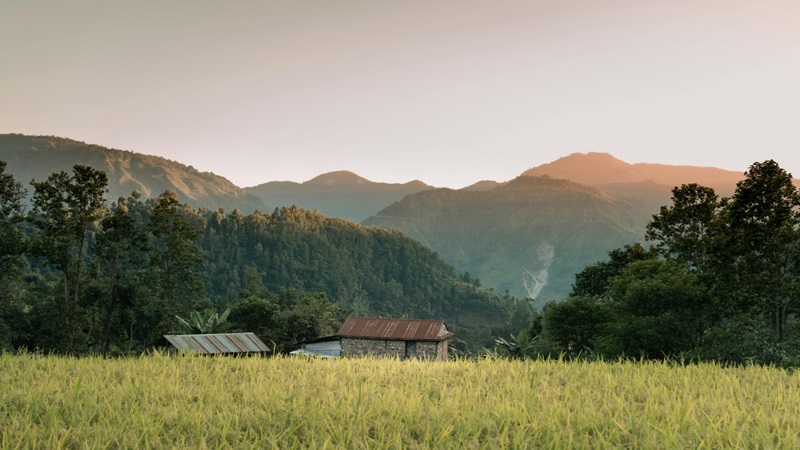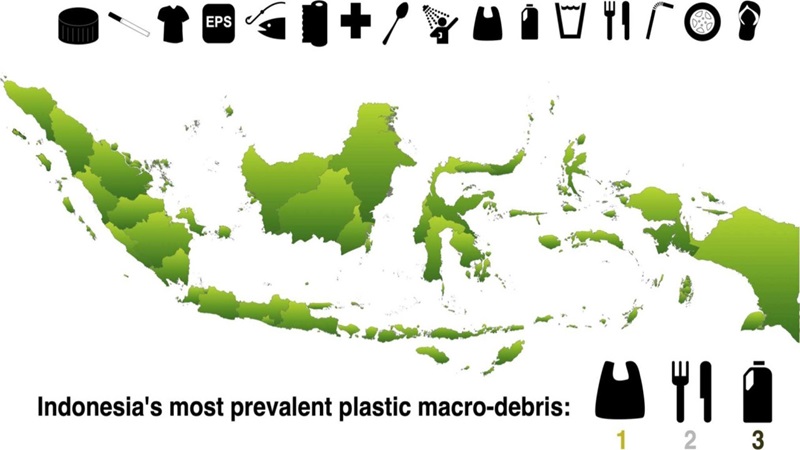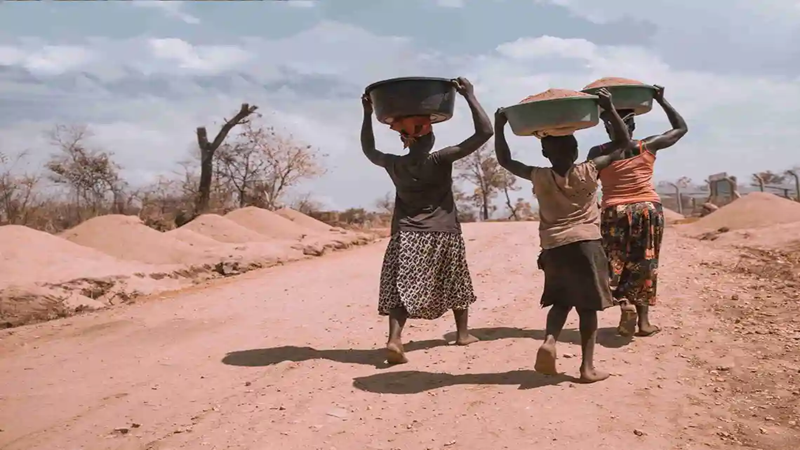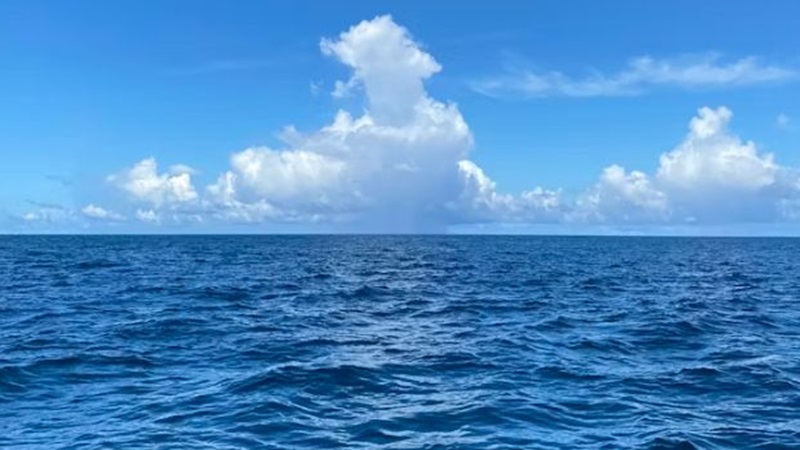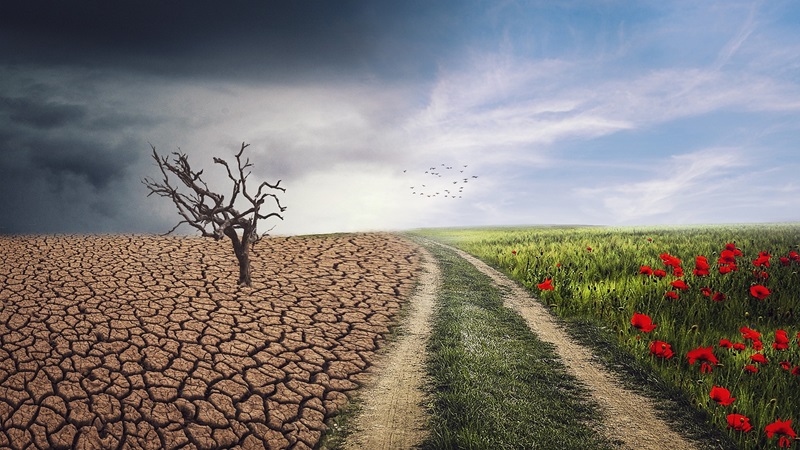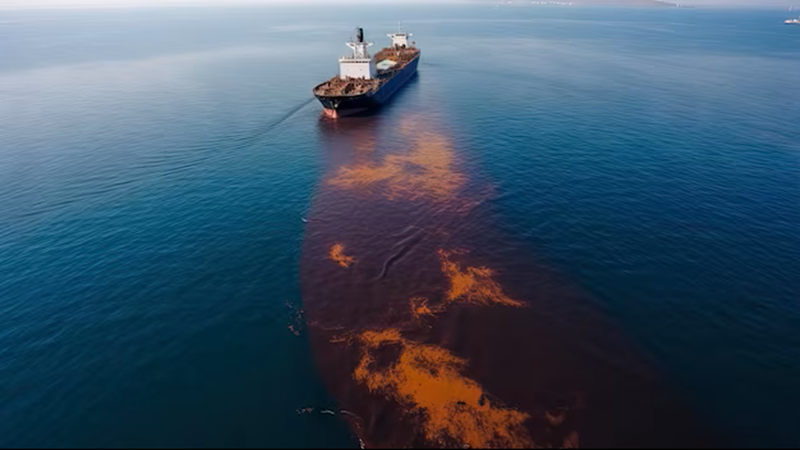Climate change is often seen as a distant issue, something that happens far away, like rising sea levels, melting ice, and stronger storms. However, the truth is, climate change is much closer to home and has a direct impact on our health. It is an invisible threat that is already harming us in serious ways.
While municipal governments debate Doughnut Economics policy frameworks and climate scientists publish papers on planetary boundaries, a different approach to agricultural transformation is emerging - one that bypasses policy debates entirely by building coordination infrastructure in the communities that need solutions most urgently.
Indonesia is the main contributor of plastic emissions to the environment, namely 3.4 million tons/year after India and Nigeria (Cottom et al., 2024). This is due to the large amount of waste entering the environment.
The climate change's effects are universal, and their global reach is undeniable. It's reported that the recent global economic growth has lifted millions from extreme poverty and narrowed the gap between nations.
Covering more than 70% of the surface of our world and fundamental to Earth's climate system, oceans are still little appreciated by the general public. Effective climate education depends on ocean literacy; knowledge of the impact the sea has on human livelihoods, biodiversity, and temperature.
It’s a strange paradox—every tool that makes life easier often hides a complex mechanism behind it. Whether it’s a sleek gadget, a machine, or a helpful person, simplicity on the surface is powered by intricate systems or tireless human effort. The same is true for generative AI.
The damage that human activity has inflicted on our oceans is so drastic that it is impossible to ignore. Across the planet, the ocean is too warm, too acidic, and floating with plastic rubbish and other pollution. Coral reefs, kelp forests, and seagrass meadows are dying.
The need to tackle marine pollution goes beyond plastic solutions. The problem is far more complex than the visible scourge of plastic waste floating in our oceans. When we think of marine pollution, the first image that often comes to mind is a sea turtle tangled in a plastic bag or floating islands of discarded bottles and wrappers.
Starting a business in the green building sector is equal parts vision and execution. The demand for environmentally sustainable construction continues to climb as cities, companies, and homeowners alike look for ways to lower their environmental footprint without sacrificing quality.
As the world grapples with the realities of climate change, dwindling natural resources, and rapid urbanization, architecture stands at a critical crossroads. No longer is the goal of design solely to create visually appealing or structurally sound buildings - it is now imperative that architecture evolves to meet environmental, social, and economic challenges.
I took a course this summer on climate change. I have always thought of myself as an earth-friendly inhabitant, but could we all do a little more with a little more intention? The question is: how?
As plastics have significantly improved modern urban living, especially in cities like Lusaka, Zambia, their benefits cannot be denied. From plumbing and roofing materials to kitchen utensils and packaging, plastics have played a pivotal role in making life more convenient. However, this convenience comes at a steep environmental cost.

